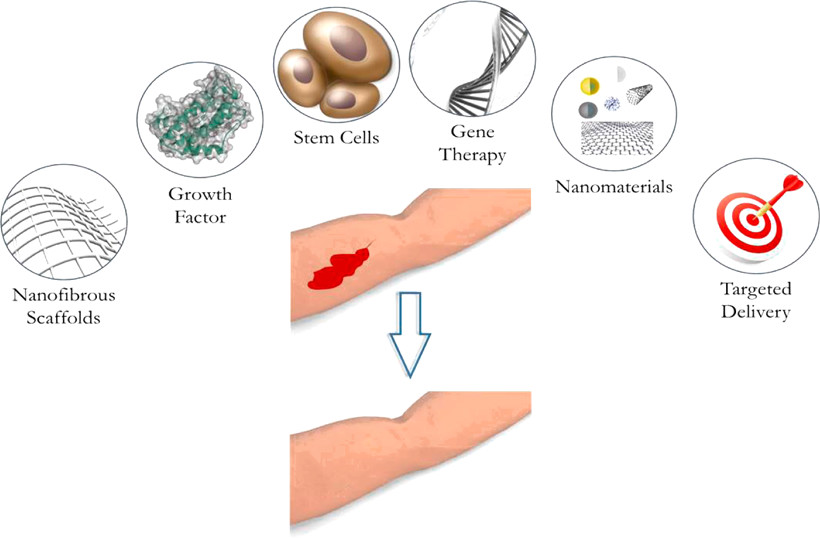We humans have a lot of fluid running around within us, so it’s important that our tissues and organs be well connected to one another. Adhesive molecules serve numerous crucial functions in the body, including scaffolding formation, organ development, and the maintenance of cell-cell connections. Researchers have developed synthetic compounds that function similarly to biological glue, allowing them to manipulate cell adhesion. Adhesion molecules were engineered to selectively adhere to individual cell types, leading to the formation of predictable but intricate structures composed of several different cell kinds. The results of this study have been published in Nature.
In the video below, Professor Wendell Lim, Ph.D., head of the Cell Design Institute at UC San Francisco (UCSF), discusses how the researchers were able to manage the interactions of the produced cells, which “.. opens the door to developing new structures like tissues and organs.”
Characteristics of a tissue may be determined by the nature of its cellular connections, such as the degree to which its cells are connected and how they are arranged.
Hartz Fellow at the Cell Design Institute and lead author Adam Stevens, Ph.D., explains, “We’re inventing techniques to manage this arrangement of cells, which is fundamental to being able to synthesis tissues with the traits we want them to have.”
By creating cells with extremely particular interactions, it may be feasible to develop regenerative medicine and speed up the healing process after an injury. One part of adhesion molecules is located outside the cell, where it may interact with other cells and molecules; another part of the molecule is located within the cell and modifies the strength of potential interactions. It is possible to create a wide range of bespoke cells with a wide range of bonds by combining different inner and exterior elements.
The authors of the study remarked that there may be more uses for their findings. By their very nature, tissues are more representative of human biology than animal models because they may be engineered to mimic certain conditions, such as illness. The study might possibly provide light on the emergence of multicellular life.
“Our study shows a variable molecular adhesion code that governs which cells will connect, and how,” said Stevens. “Now that we have a better grasp of it, we may use this code to guide the formation of tissues and organs from individual cells. These tools have the potential to be game-changing.”
Data from UCSF and Nature.
